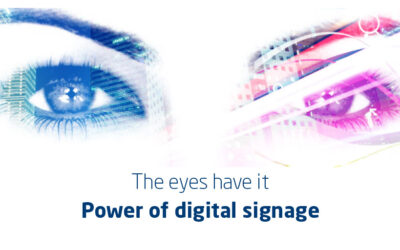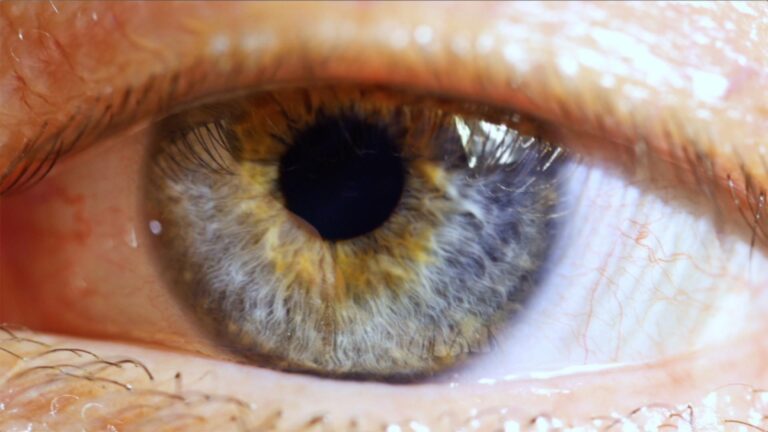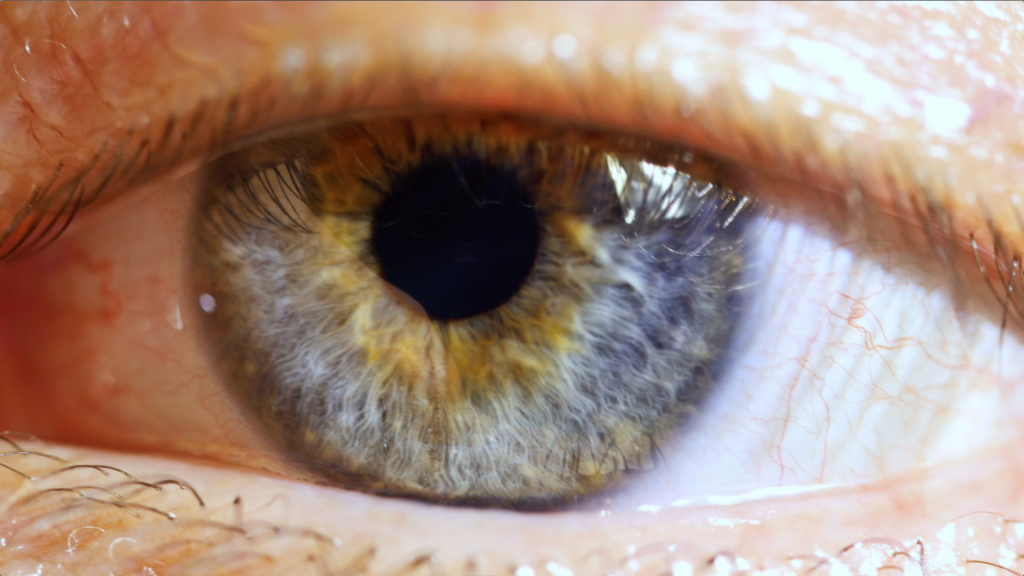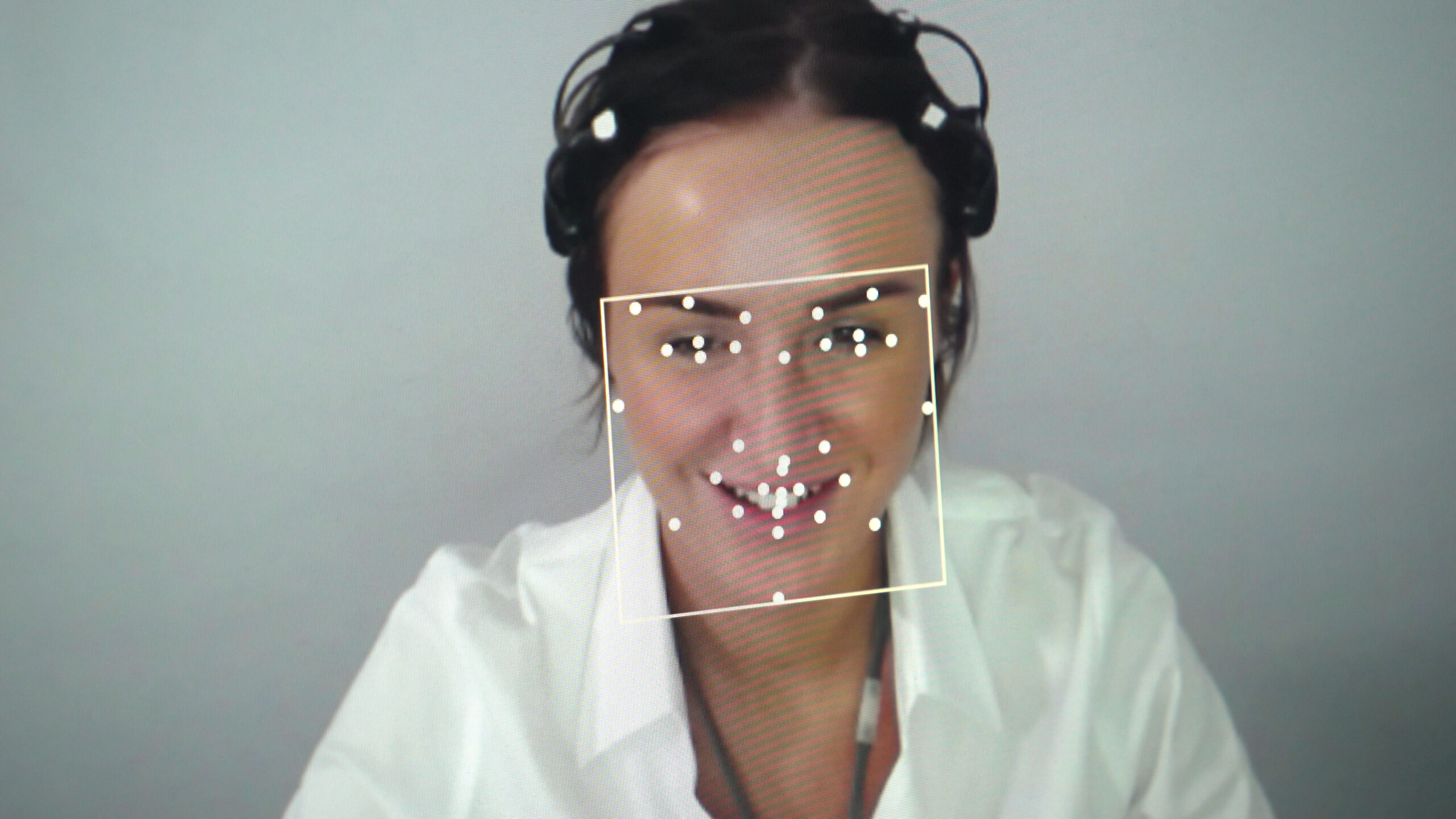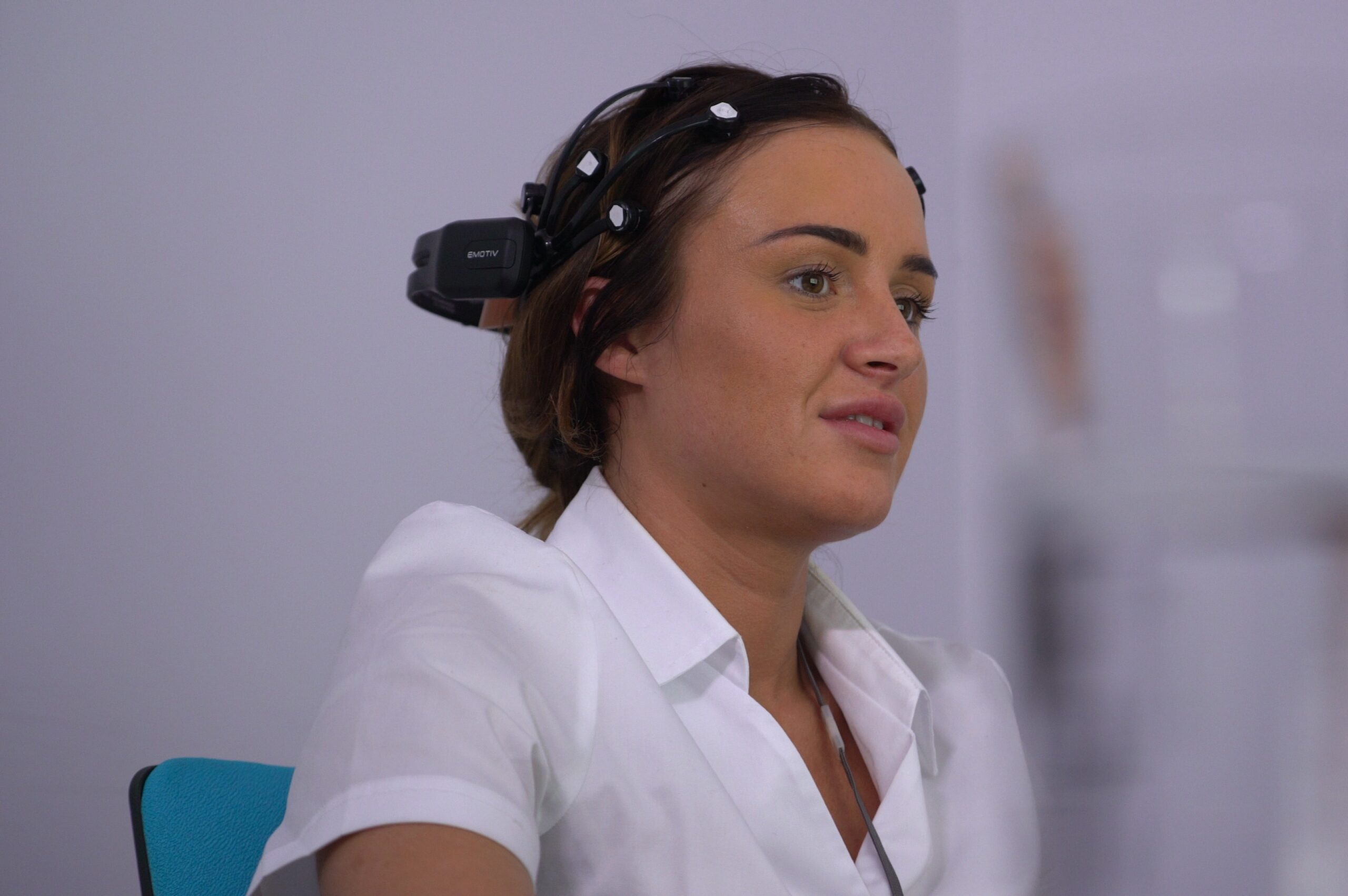Eye Tracking
Eye Tracking
Are your customers noticing the special offer banner at the top of your site? Are they struggling to find the checkout button? Are they glancing through the recommended items section, going through it carefully, or missing it altogether? And how does this vary according to the device they’re using? Eye-tracking technology can give you the answers to these questions and more, by mapping your customers’ eye movements as they view your site, with millimetre and millisecond precision. With modern off-the-shelf eye tracking systems, there is no need for programming or complicated manual data analysis. All of the leading packages automatically generate intuitive site maps with fixation sequences, which show how the customer’s gaze moves around the site, and heat maps, which show which parts of the site are getting the most – and the least – attention.
Pupil Dilation
Pupil Dilation
This is a two-for-the-price-of-one deal, as most – if not all – eye tracking systems also measure pupil dilation. Most people think of pupil dilation as a measure of sexual arousal, which indeed it can be. But, more usefully in ecommerce, it’s also a measure of general arousal – how hard your brain is working. To see this for yourself, try standing in front of a mirror while you complete some tricky mental task such as learning a list of words. You will notice your pupils getting bigger (that’s dilation) as your brain begins to work harder, and then getting smaller again (constriction) as you take a breather. When coupled with eye tracking, pupil dilation shows which parts of your site customers may be struggling with; for example, whether their brain goes into overdrive when they’re looking at the checkout form.
Facial Recognition
Facial Expression Recognition
It’s all very well knowing what your customers are looking at (eye tracking) and how hard their brains are working as they’re doing so (pupil dilation), but what we really want to know is how the different parts of your site are making them feel. After all, as the work of Nobel Prize Winning behavioural economists Daniel Kahneman and Richard Thaler tells us, purchasing decisions are driven largely by emotional rather than rational considerations. Facial expression recognition software taps into your customers’ emotions by taking advantage of our tendency (which we share with several other species, including chimpanzees) to display our emotions on our faces. The software included in the leading biometrics suites provides this information at three levels: simple valance (do customers like what they’re seeing or not?), basic emotions (anger, contempt, fear, disgust, happiness, sadness), and as many as fifteen different facial expressions.
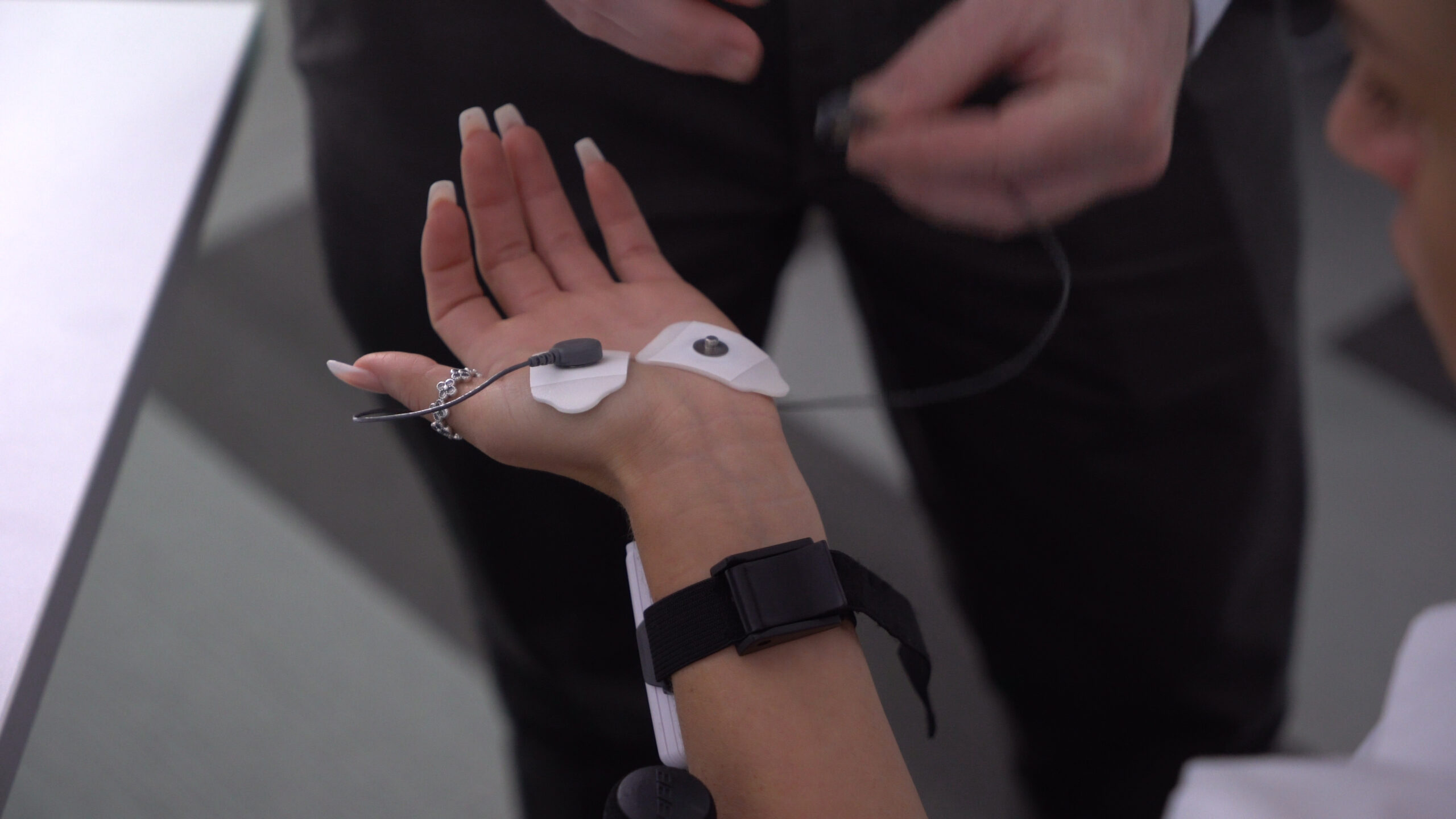
Galvanic Skin Response
Galvanic Skin Response (GSR)
Of course, we don’t always display our emotions on our faces; in fact, sometimes, we consciously make an effort to hide them (Poker Face). This is where GSR – also known as Skin Conductance (SC) or Electrodermal Activity (EDA) – comes in. GSR measures intensity of emotional arousal, by measuring electrical current in the skin as your guinea-pig customer views the site (greater arousal equals more sweat, equals better conductance of electricity). Because it measures unconscious emotional responses, GSR is useful for picking up emotional responses that people are unaware of, or even ones that they are trying to hide.
EEG (Electroencephalography)
EEG (Electroencephalography)
Brain cells communicate using electrical signals, and when a thousand or so of these cells are firing at once, they create an electric field that’s powerful enough to be picked up by electrodes (painlessly!) attached to the scalp. Because modern neuroscience has given us a good idea of which parts of the brain are most active in different scenarios, EEG allows us to investigate what’s going on in customers’ heads – literally – as they view different parts of your site. For example, one of the most useful EEG “signatures” is frontal asymmetry, which is a measure of engagement and motivation. EEG therefore allows us to find out which parts of your site your customers are engaging with, and which are causing them to mentally switch off.
Bringing it all together
Each of these techniques is extremely useful in its own right, but the real insights come when you bring them together, to map your customers’ behavioural and emotional responses as they pass through your site, from logon to checkout. And then by combining biometrics with conventional research, you will be able to paint the most accurate picture as to why your website is underperforming.
Professor Ben Ambridge is a Psychologist at Endless Gain.


